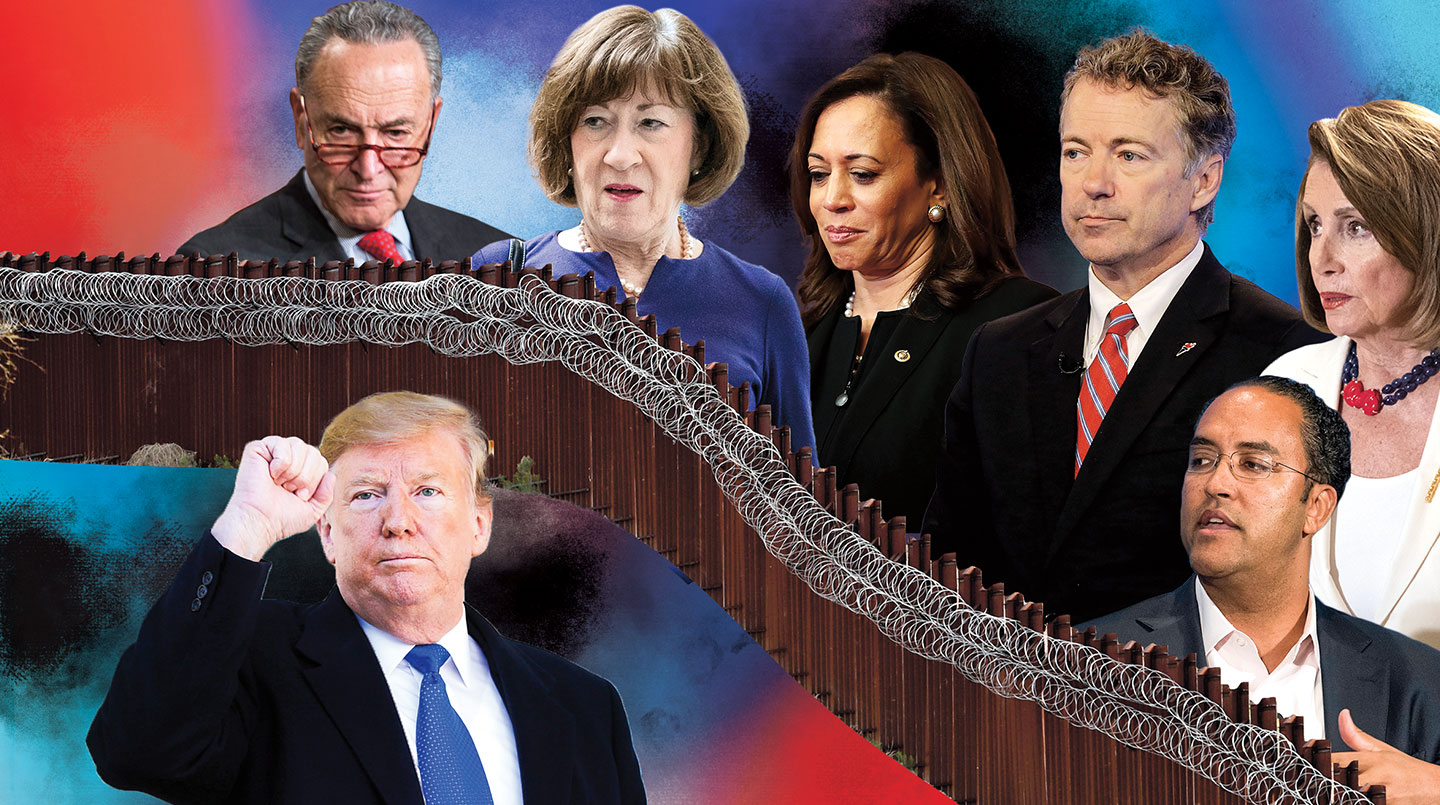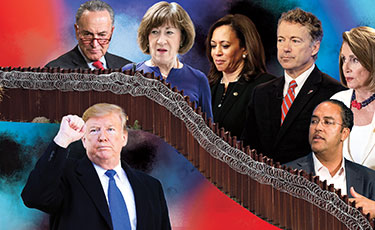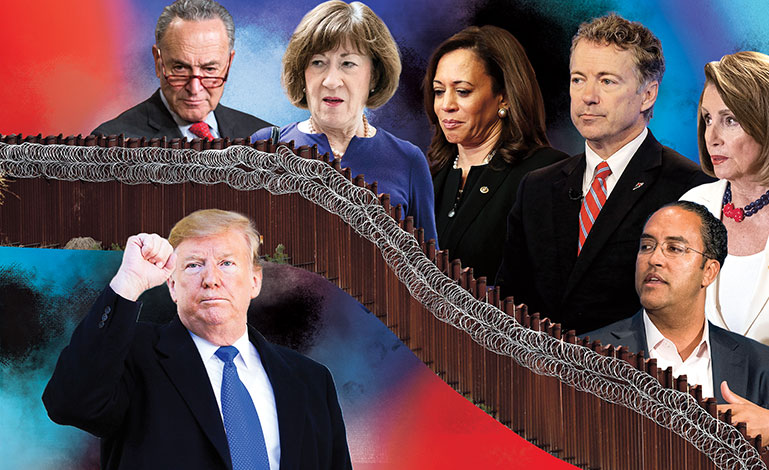You might not hear sirens or see flashing lights, but the United States is on alert. In February, President Donald Trump declared a national emergency to help pay for the construction of a wall along the U.S.-Mexico border.
Trump says building a wall is the best way to put an end to the flow of undocumented immigrants and illegal drugs crossing into the United States. About 650 miles of barriers already stand along the border (see map, below). Trump has vowed to block off 1,000 miles more.
But there’s a catch: Many experts disagree that there is a threat at the border. That’s why when Trump asked for $5.7 billion to build the wall last year,
The clash led to a
That is where the national emergency comes in. Declaring one gives a president temporary powers that increase his or her authority. Trump plans to use those special powers to redirect billions of dollars from other parts of the
The situation has sparked a national debate. Why are many Americans up in arms over the move, and what could it mean for you? Here’s what you need to know.











